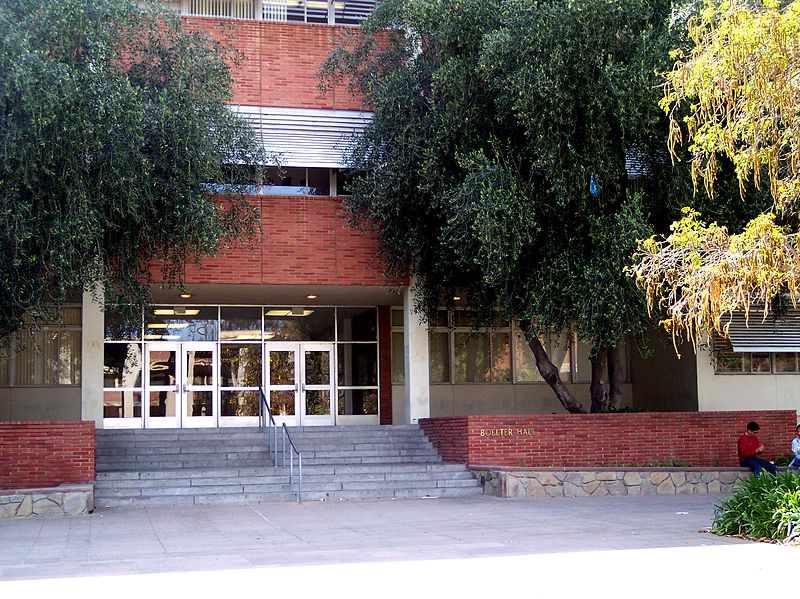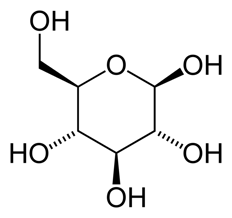California BioResearch Product Faire™
Posted by BCI Staff on Mon, Oct 04, 2021
Tags: University of California Los Angeles, University of Southern California, University of California Santa Barbara, BioResearch Product Faire™, Stanford University, Virtual, 2021, Pasadena, City of Hope
Posted by BCI Staff on Fri, Oct 02, 2020
Tags: University of California Los Angeles, Los Angeles, UCLA, 2020
With 290 medical research centers and distinctive institutes, the University of California, Los Angeles is a powerhouse research university employing some of the leading life science researchers in the world. With a powerful global reputation, the University of California, Los Angeles offers a promising marketplace for lab suppliers working to market their biotech solutions and increase lab sales.
UCLA: Meet Nearly 500 Top Researchers this Fall

Perhaps you are a lab supplier with a long history of doing business with UCLA life science researchers, or maybe you are brand new to the market. Regardless of your time investment, increasing lab sales at the University of California, Los Angeles is as easy as taking advantage of Biotechnology Calendar, Inc.’s well-established connections at the university and exhibiting at the upcoming UCLA event. Why should you focus on this marketplace? Consider these most recent funding statistics for the University of California, Los Angeles:
2017 Life Science R&D Expenditures: $761,824,000
UCLA's AIDS Malignancy Consortium, led by professor of medicine Ronald Mitsuyasu, received nearly $24 million in NIH funding in 2018 and over $136 million since 2006.
UCLA's AIDS Clinical Trials Group, led by professor of medicine Judith Currier, received $24.5 million in NIH funding in 2018 and over $483 million since 2006.
Tags: CA, University of California Los Angeles, California, funding resource, Los Angeles, LAVS
Posted by Rebecca Partridge on Thu, Jun 01, 2017
On April 20th UCLA celebrated the grand reopening of the Jules Stein Building after a $65M renovation. This building connects to the Doris Stein Building and the Edie & Lew Wasserman Building to make up the UCLA Stein Eye Institute. Combined, the three buildings provide nearly 300,000 square feet of functional space with over 20 specially equipped laboratories to support vision science investigations.
Read MoreTags: University of California Los Angeles, LAVS, UCLA, Laboratory Equipment Supplier, Lab Product Sales, new medical buildings, BioResearch Product Faire, David Geffen School of Medicine
Posted by Rebecca Partridge on Wed, Mar 15, 2017
Thus far in 2017, the University of California Los Angeles has received over $6.8 million in funding from the National Heart Lung and Blood Institute (NHLBI). This funding has been awarded through multiple grants intended to support cardiovascular research.
Read MoreTags: University of California Los Angeles, cardiovascular research, increase laboratory product sales, UCLA, NIH funding, life science research at UCLA, life science solutions, science solutions, NIH awards 2017
Posted by Rebecca Partridge on Wed, Feb 08, 2017
Researchers at UCLA believe using the patient’s own cells to create stem cells for therapeutic purposes is the future of medicine. A recently published study by scientists at UCLA demonstrates how specialized proteins change the cellular characteristics of skin cells to create induced pluripotent stem cells. These stem cells have the ability to turn into any cell type within the body. Also at UCLA, a clinical trial which uses the baby’s own blood-forming stem cells to treat the immune deficiency condition ADA-SCID, better known as “bubble baby disease,” was recently awarded a $20M grant from the California Institute for Regenerative Medicine.
Read MoreTags: University of California Los Angeles, Stem cell research, Human Stem Cell, UCLA, Stem Cell, biotech vendor show, Biotechnology trade show
In a first of its kind study, researchers at UCLA utilized ultrasound to “jump start” the brain of a man with severe brain injury who was recovering from a coma. According to the UCLA Newsroom, the 25 year old man could only perform small, limited movements when instructed and “showed minimal signs of consciousness” before the procedure. Three days after the treatment, he regained full consciousness and language comprehension. He could reliably communicate by shaking or nodding his head. Five days after, the patient attempted to walk for the first time since the coma.
Read MoreTags: University of California Los Angeles, biomedical research, brain research, UCLA, UCLA research funding, Dana foundation, Tiny Blue Dot Foundation, Dr. Martin Monti
Over the last 40 years incidence of Autism Spectrum Disorder (ASD) have increased tenfold. Until recently, the cause of autism was a complete mystery. Now a major discovery at UCLA has just brought researchers one step closer to unlocking the mystery of ASD.
The UCLA study found distinctive changes in the levels of tiny regulator molecules known as microRNAs in the brains of people with ASD. These microRNAs control the activities of large gene networks. This finding helps explain why so many genes are abnormal in autism disorders. It could also lead to targeted treatments or preventative measures someday.
Read MoreTags: University of California Los Angeles, Biotech Event, UCLA, biomedical researh, autism research, mircoRNA, Dr. Daniel Geschwind
Posted by Greg Paul on Fri, Aug 26, 2016
Researchers from UCLA and partnering schools guided by Laurent Bentolila found evidence supporting the spread of malignant cells through angiotropism with vascular co-option, and even suggested they may be related or identical processes. These findings were published in Nature Scientific Reports. With angiotropism being the ability for cells to travel along surface of blood vessels, but not be inside of them, also called extravascular migratory metastasis (EVMM) and vascular co-option being the ability for a tumor to use a blood supply and travel along it, this means cancer has an outlet to spread outside of the bloodstream. The spread outside of the bloodstream means some current methods of treating cancer would be ineffective.
“... if the metastasizing cells are on the outside of the blood vessels, they escape exposure to the treatment and continue to spread cancer.”
-Laurent A. Bentolila
Read MoreTags: CA, University of California Los Angeles, cancer research, Los Angeles, Cancer, LAVS, UCLA, laboratory, lab products, 2016
Posted by Laura Braden on Mon, Jul 11, 2016

A team of biochemists at UCLA have created a novel system of converting glucose into highly useful chemical compounds, such as those needed to create biofuels and pharmaceuticals. Previous research endeavors relied on using cells to convert sugar into desired compounds. This has been difficult to achieve because cells would rather use sugar for their own natural uses, such as building proteins and cell walls. The UCLA biochemists have recently developed a way to achieve the conversion of glucose into desired compounds- without using cells.
Read MoreTags: CA, University of California Los Angeles, Los Angeles, Biochemistry, chemistry research, Chemistry, LAVS, UCLA, Biotechnology Vendor Showcase, 2016, Western, glucose